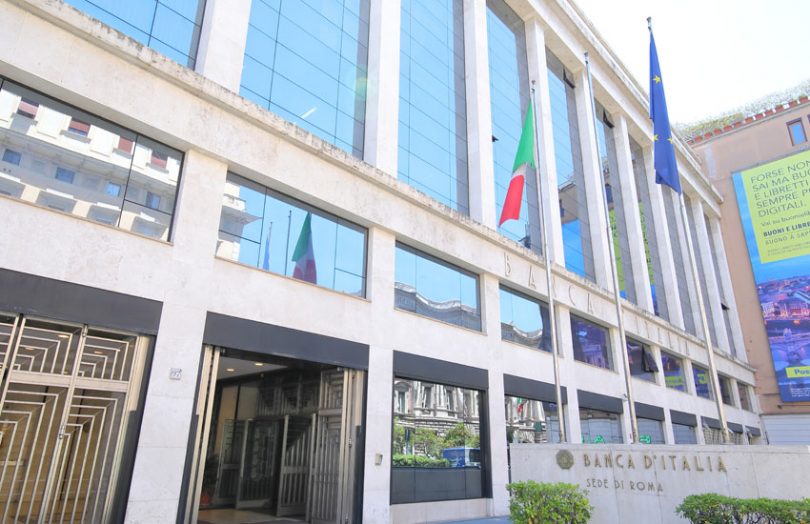Italy’s SIA, CeTIF (Research Centre on Technology), and technology company Reply announced plans for a national blockchain network for sureties or guarantees.
SIA is best known as one of the major backbone providers for Europe’s SEPA payments network. In 2018 it processed more than three billion payment transactions and 7.2 billion card transactions.
Together the organizations hope to address rampant fraud in the Italian sureties sector. Typically when committing to public sector contracts or construction, the supplier has to guarantee they will fulfil the contract. Hence, they turn to insurers and banks to provide the guarantee.
But according to an Italian news report, in the past four years, there have been at least €1.6 billion in fraudulent sureties. One can imagine someone creating a deceptive piece of paper. But the biggest issue is unscrupulous guarantee providers. So suppliers unwittingly pay premiums for worthless sureties.
So how can blockchain help? The blockchain initiative will include legitimate players in the sector – the Bank of Italy, the central bank, has an approved list of guarantors. Both the central bank and the Italian insurance regulator IVASS are involved in the project. So sureties will be digitalized and notarized to verify that the guarantor is legitimate.
The project announcement follows a four-month feasibility study that involved thirty organizations including insurers, banks, the public sector and corporates. The initiative will start this month and “Fideiussioni Digitali” (Digital Sureties) will be part of a Sandbox environment.
This isn’t the first blockchain solution for sureties. Accenture and Zurich worked together to develop a blockchain system which incorporates Zurich’s existing back-end surety bond system. And in Australia, IBM, ANZ, Commonwealth Bank and Westpac worked with property company Scentre Group to digitize bank guarantees.






